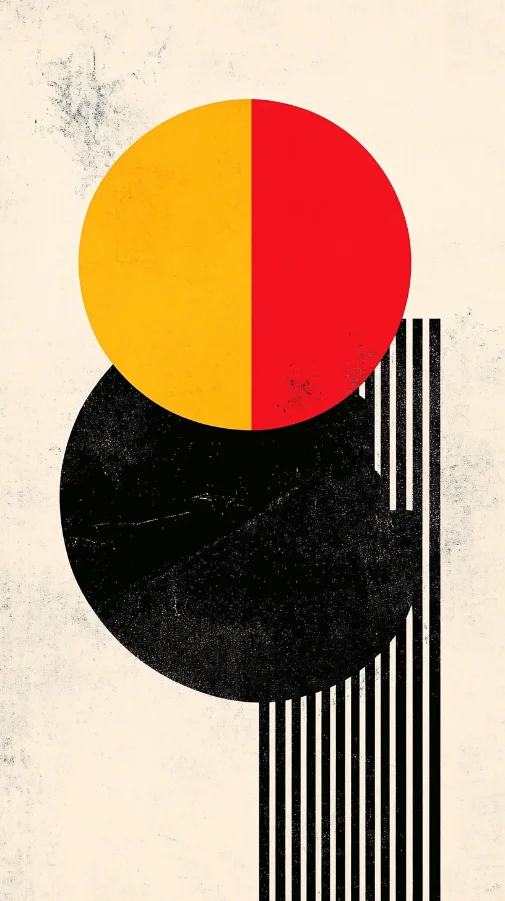
Illustrative design plays a crucial role in conveying complex ideas and messages in a visually appealing manner. To create stunning illustrations, designers rely on a variety of tools that offer robust features and functionalities. Whether you are a seasoned professional or just starting out in the world of design, having the right tools at your disposal can make a significant difference in the quality of your work. In this article, we will explore some of the best tools for illustrative design that can help you unleash your creativity and bring your artistic visions to life.
Adobe Illustrator
Adobe Illustrator is a staple in the world of illustrative design, known for its powerful vector editing capabilities. With a wide range of tools and features, Illustrator allows designers to create intricate illustrations with precision and ease. From creating logos to designing complex illustrations, Adobe Illustrator is a versatile tool that caters to the needs of both beginners and experienced designers.
Key Features of Adobe Illustrator:
- Vector Graphics: Create scalable and high-quality illustrations.
- Pen Tool: Precisely draw and manipulate anchor points.
- Brushes and Effects: Add textures, gradients, and effects to your designs.
- Typography Tools: Customize text and create stylized typography.
- Artboards: Work on multiple designs within a single project.
Procreate
Procreate is a popular digital painting app that offers a wide range of brushes and tools for illustrators and artists. With its intuitive interface and responsive drawing engine, Procreate provides a seamless digital drawing experience that mimics traditional art techniques. Whether you are working on concept sketches or detailed illustrations, Procreate offers a plethora of features to bring your ideas to life.
Key Features of Procreate:
- Brush Library: Choose from a variety of brushes for different effects.
- Layer Capabilities: Organize your artwork into layers for easy editing.
- Time-lapse Recording: Capture your creative process in a time-lapse video.
- Customizable Interface: Tailor the workspace to suit your workflow.
- Export Options: Easily share your artwork in various formats.
Affinity Designer
Affinity Designer is a professional-grade vector graphics editor that provides a robust set of tools for illustrators and designers. With its focus on performance and precision, Affinity Designer offers a fluid design experience that allows you to create intricate illustrations with ease. Whether you are working on print projects or web graphics, Affinity Designer delivers the tools you need to bring your creative vision to life.
Key Features of Affinity Designer:
- Vector Editing: Create scalable designs with precision.
- Pixel Persona: Switch between vector and raster workflows seamlessly.
- Live Effects: Apply non-destructive effects to your designs.
- Export Persona: Customize export settings for different platforms.
- Asset Management: Organize and reuse design elements efficiently.
Adobe Photoshop
While primarily known for photo editing, Adobe Photoshop also serves as a powerful tool for illustrative design. With its extensive set of brushes, filters, and tools, Photoshop allows designers to create stunning illustrations and digital artwork. Whether you are retouching photos or designing complex compositions, Photoshop offers a versatile platform for unleashing your creativity.
Key Features of Adobe Photoshop:
- Brushes and Tools: Access a wide range of brushes and tools for digital painting.
- Layer Styles: Apply effects and styles to individual layers.
- Smart Objects: Maintain image quality when scaling and transforming objects.
- Blending Modes: Create unique effects by blending layers together.
- Customizable Workspace: Tailor the interface to suit your preferences.
Conclusion
Choosing the right tools for illustrative design is essential for bringing your creative ideas to life. Whether you prefer the precision of vector graphics in Adobe Illustrator, the versatility of Procreate for digital painting, the performance of Affinity Designer, or the flexibility of Adobe Photoshop, each tool offers unique features that cater to different design needs. By exploring these best tools for illustrative design and experimenting with their capabilities, you can enhance your design skills and create visually stunning illustrations that captivate your audience.
Q&A
Q: What is the difference between vector and raster graphics?
A: Vector graphics are based on mathematical equations and can be scaled infinitely without losing quality, while raster graphics are composed of pixels and can lose quality when scaled up.
Q: How can I choose the right tool for my illustrative design projects?
A: Consider factors such as your design preferences, workflow, and project requirements when selecting a tool. Experiment with different tools to find the one that best suits your needs.
Q: Are these tools suitable for both beginners and experienced designers?
A: Yes, these tools cater to a wide range of skill levels, offering intuitive interfaces for beginners and advanced features for experienced designers to explore.
Q: Can I combine multiple tools for my illustrative design projects?
A: Absolutely! Many designers use a combination of tools to leverage the strengths of each platform and create unique and compelling illustrations.
By leveraging the best tools for illustrative design and honing your skills with practice, you can elevate your design work and stand out in the competitive world of digital design. Experiment with different tools, explore their features, and unleash your creativity to create captivating illustrations that leave a lasting impression.
